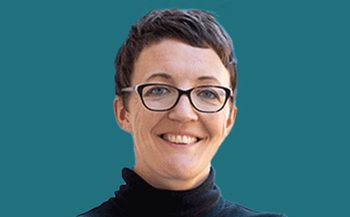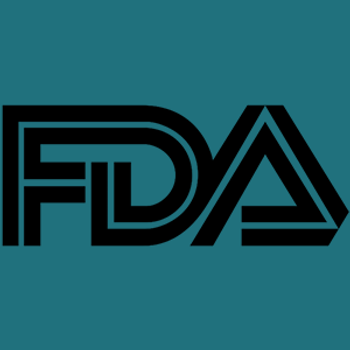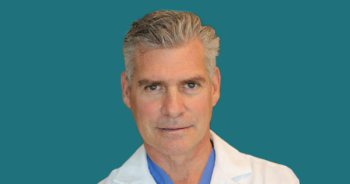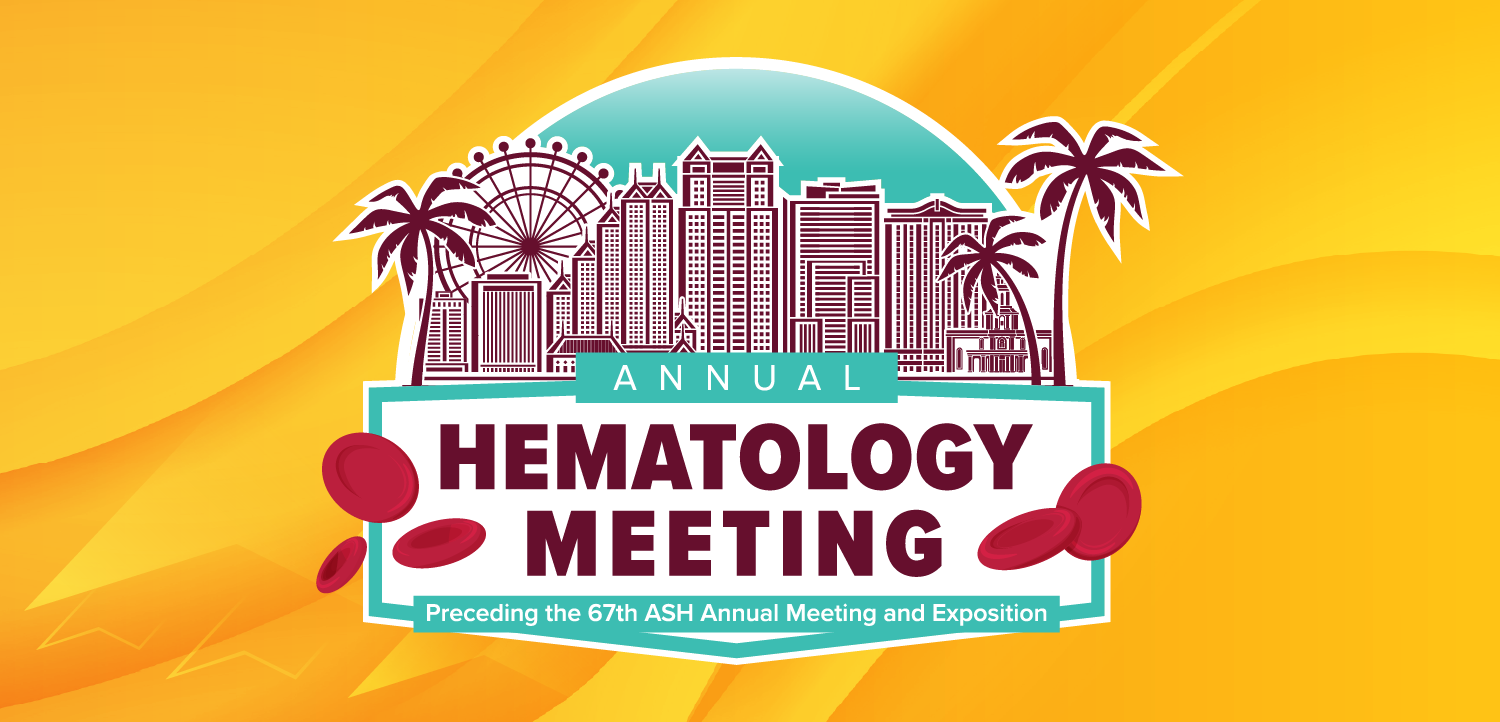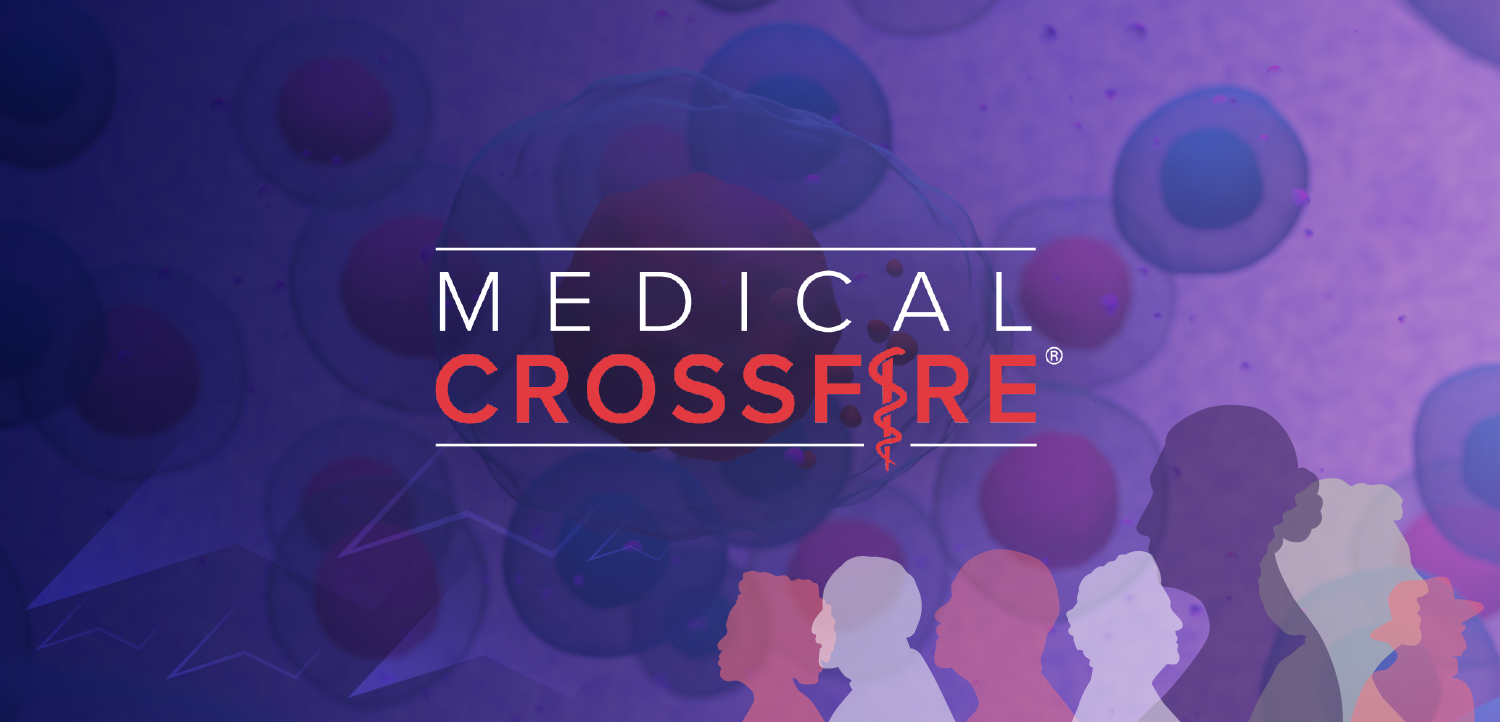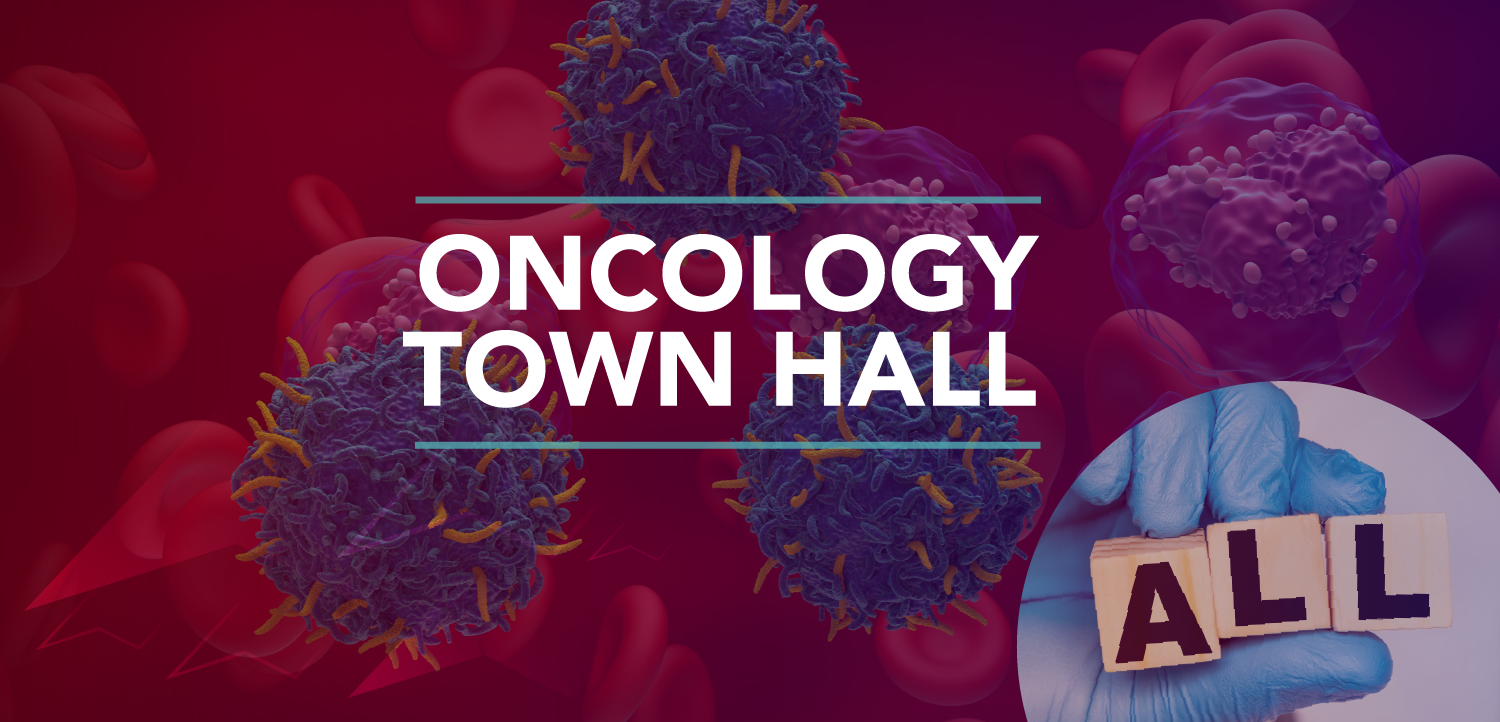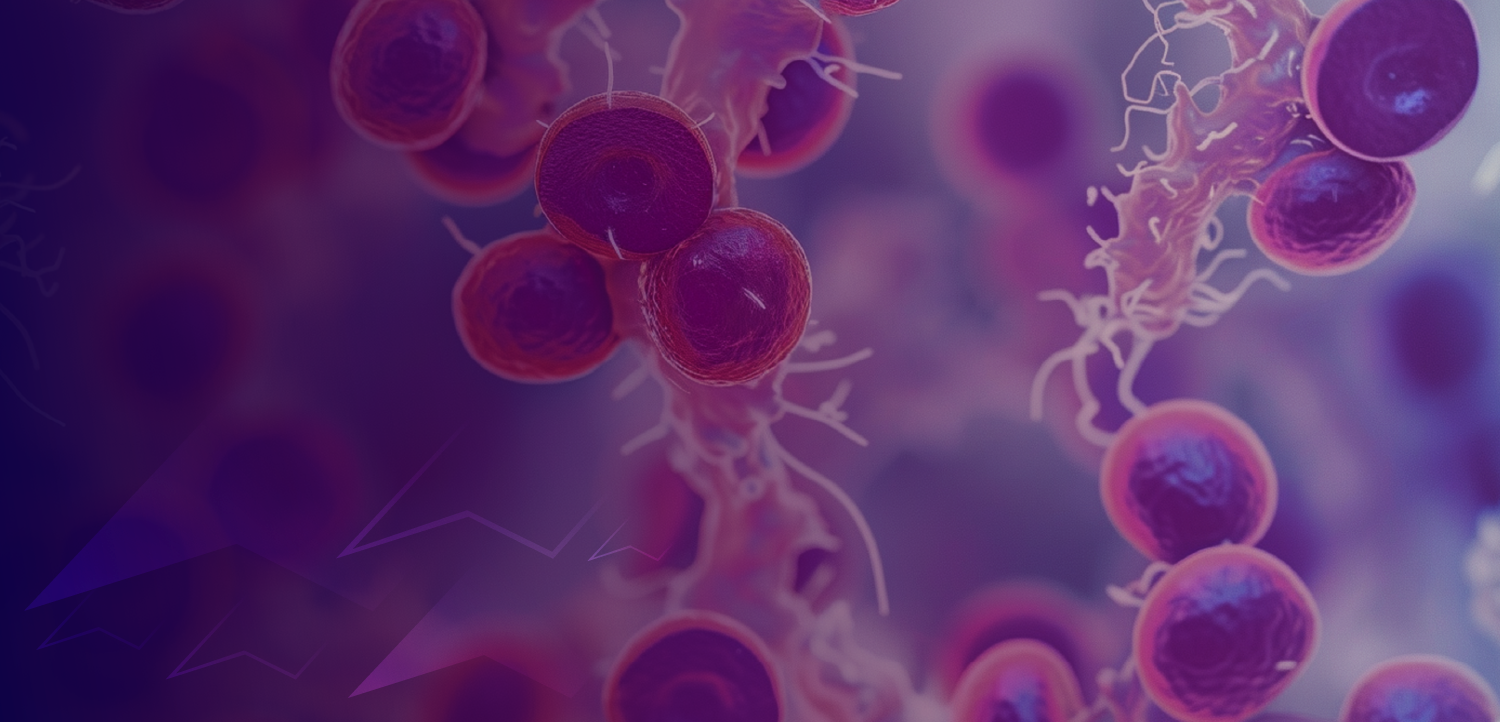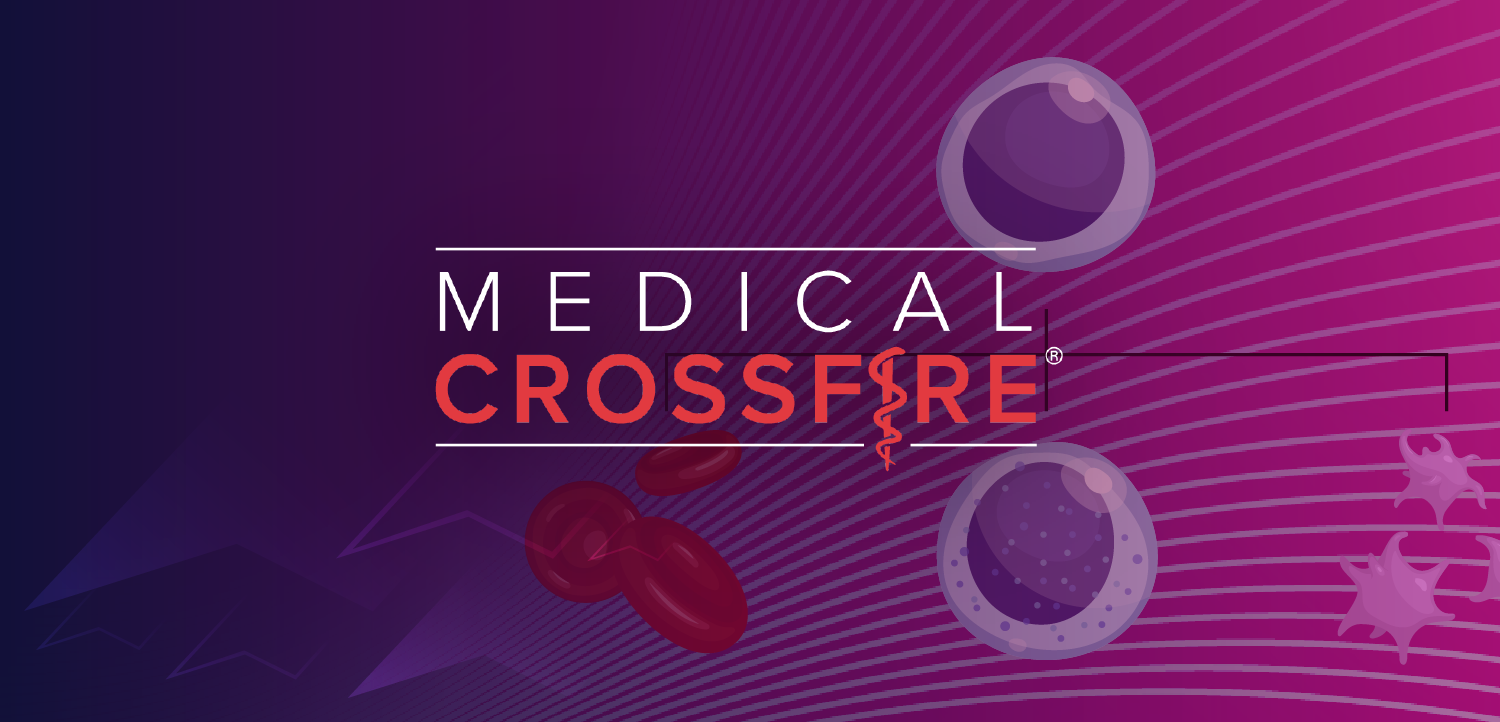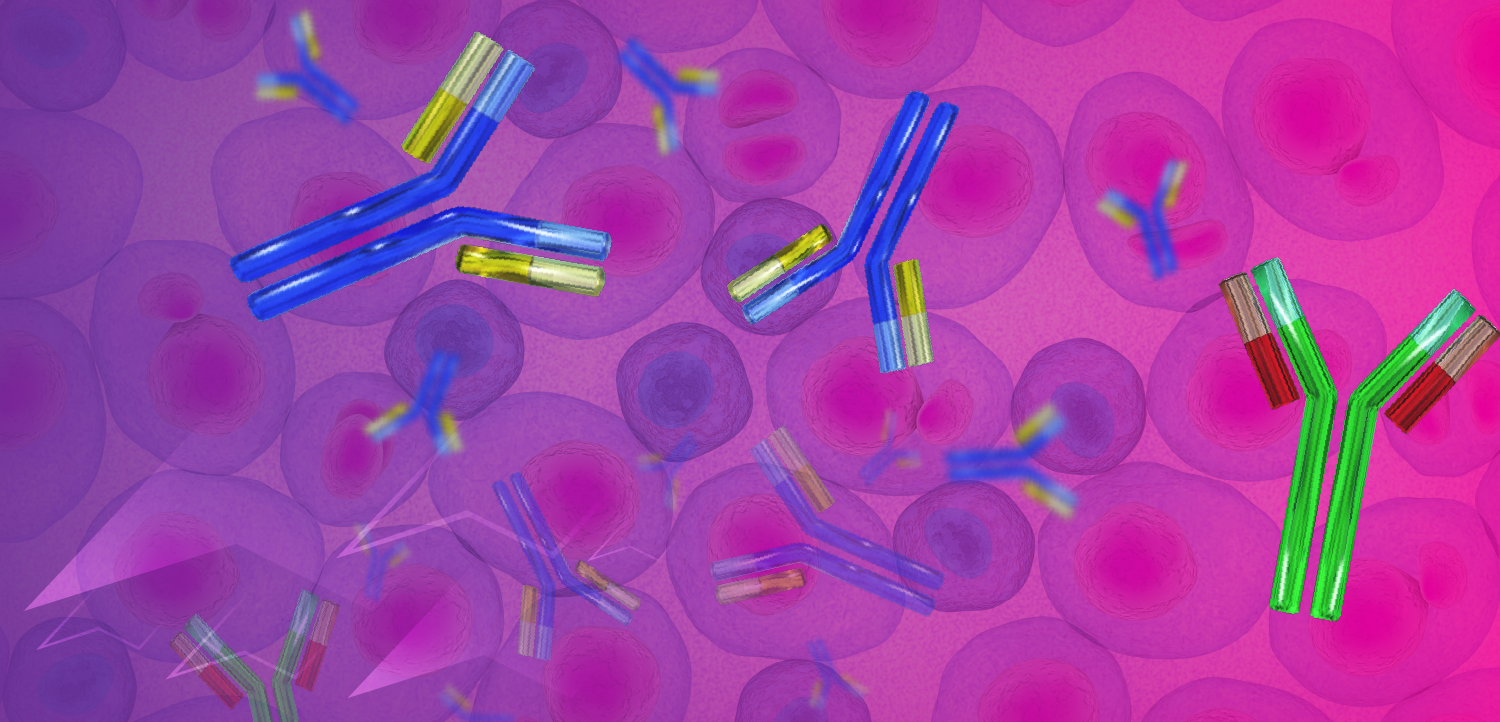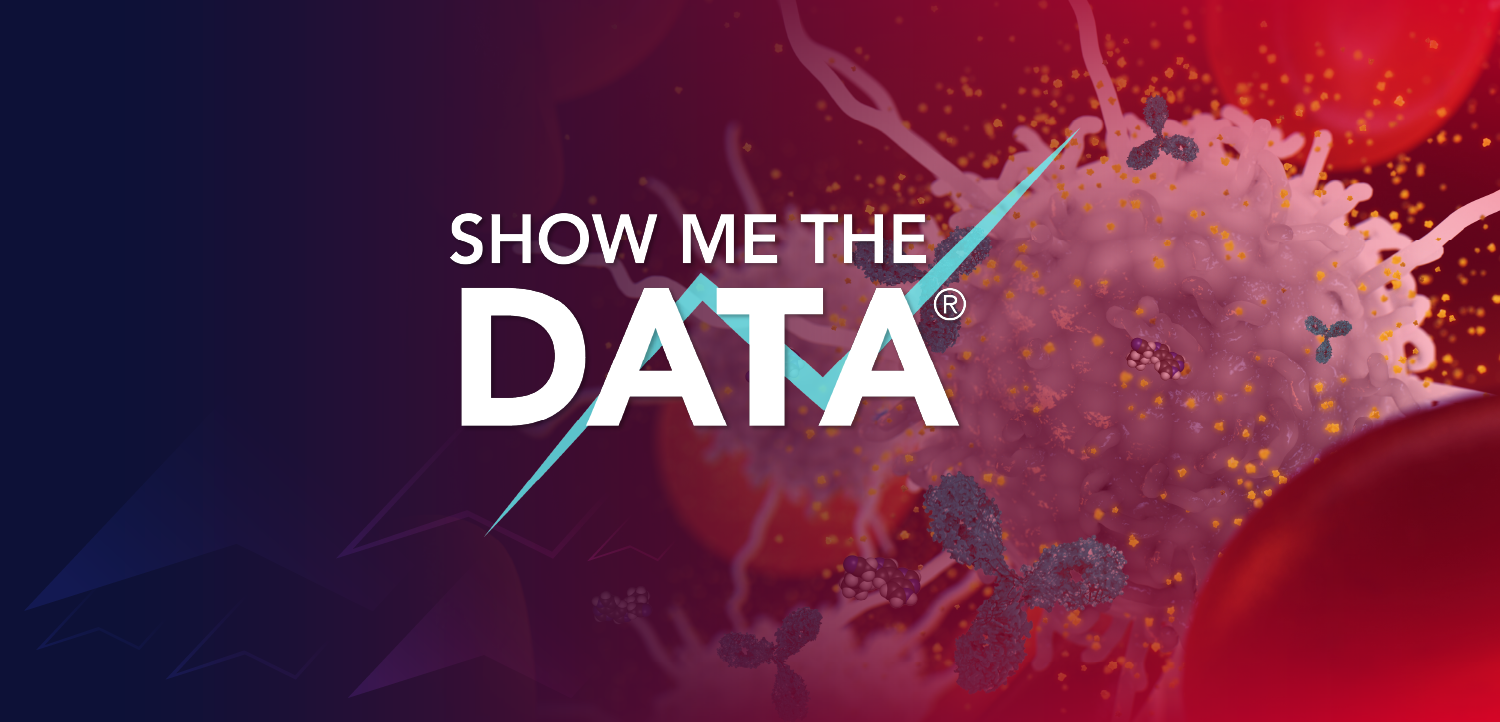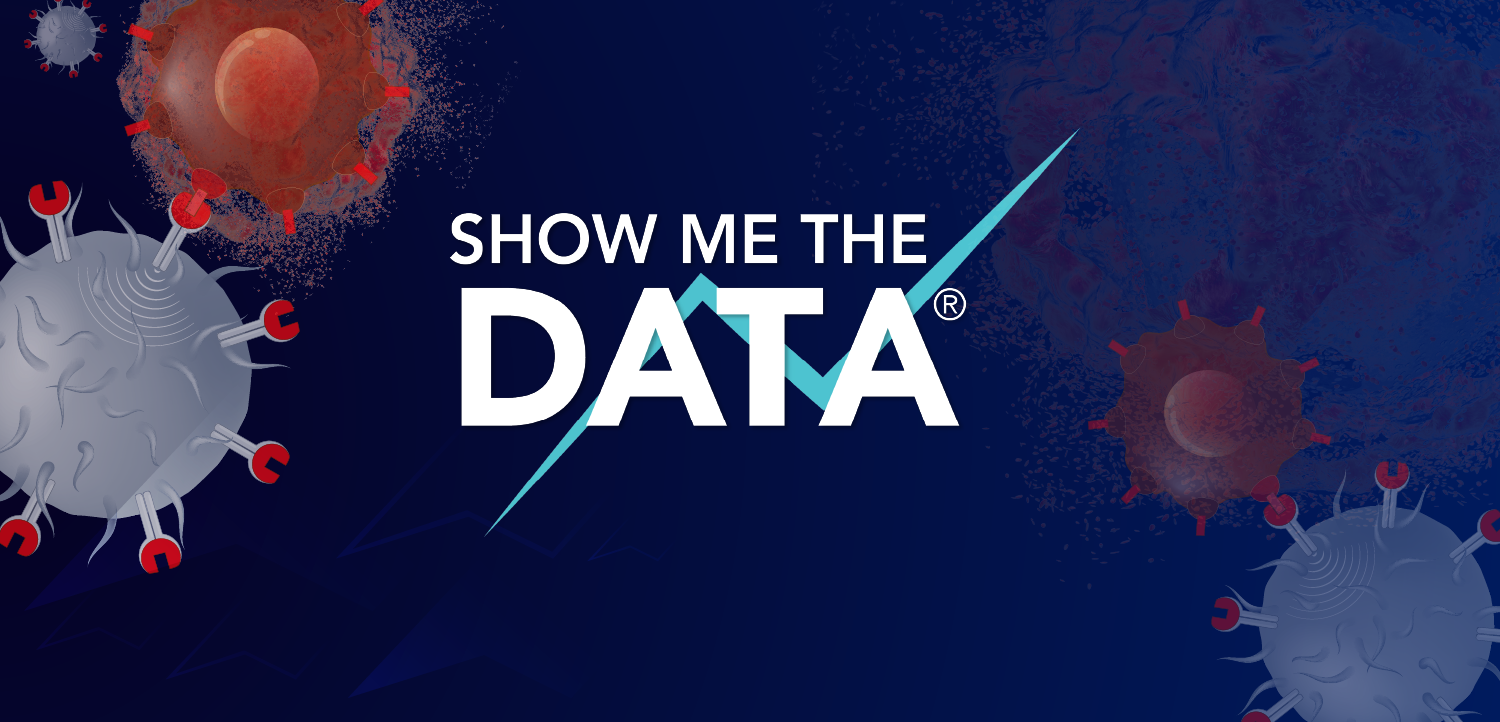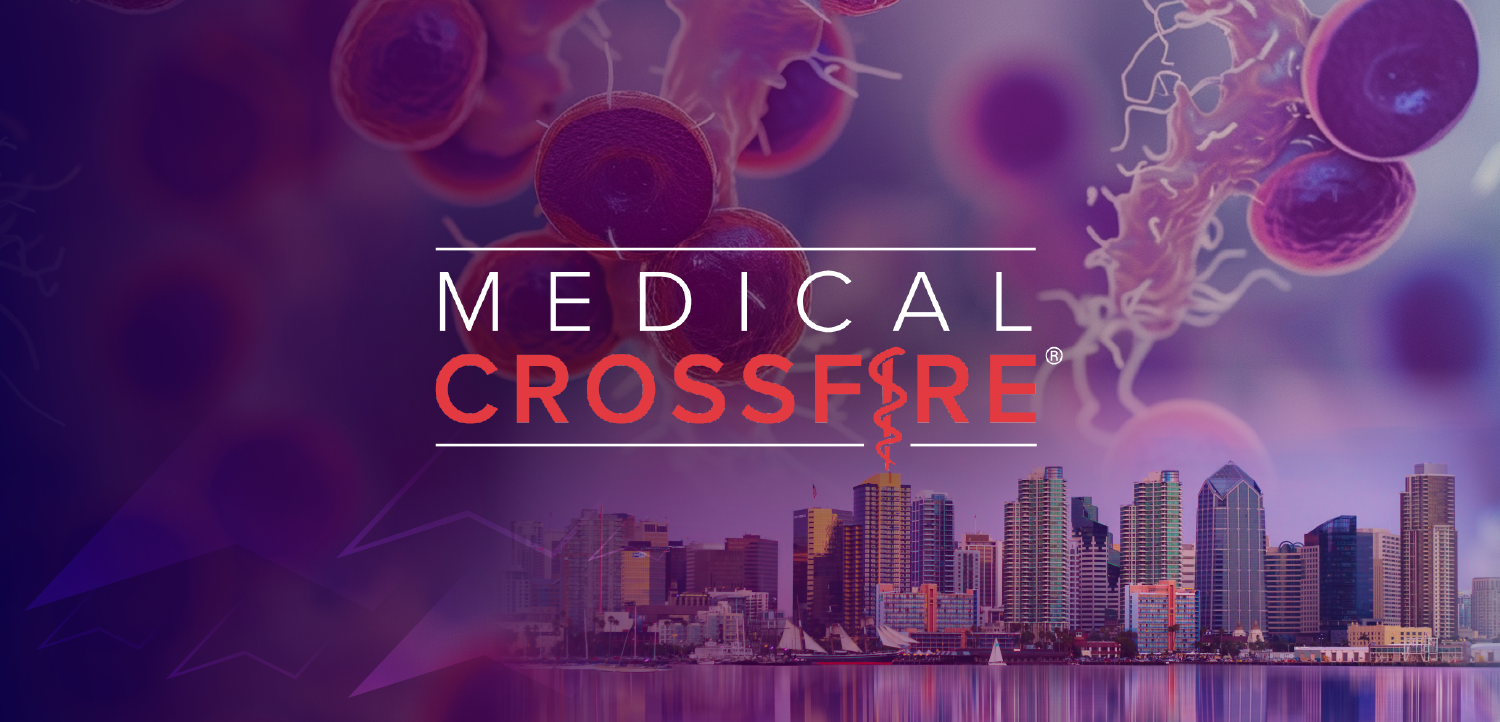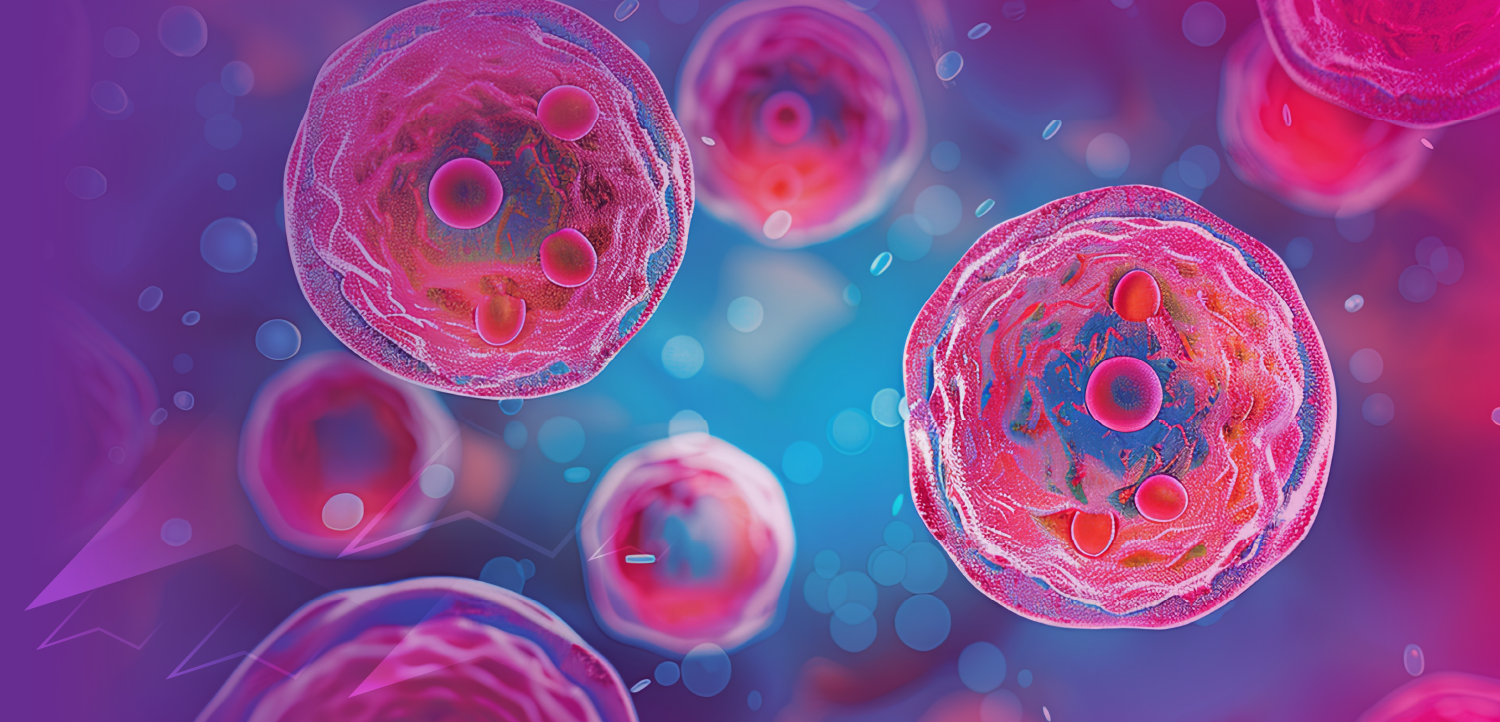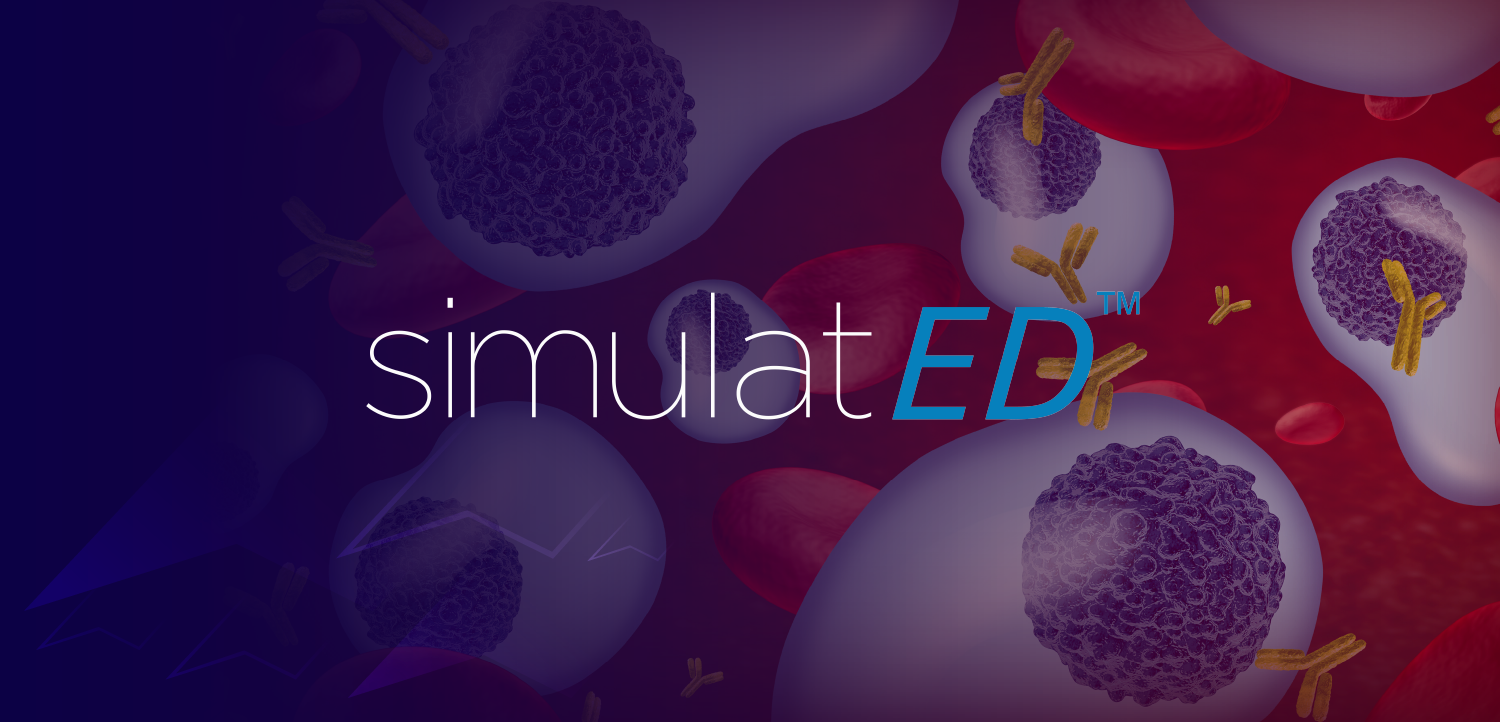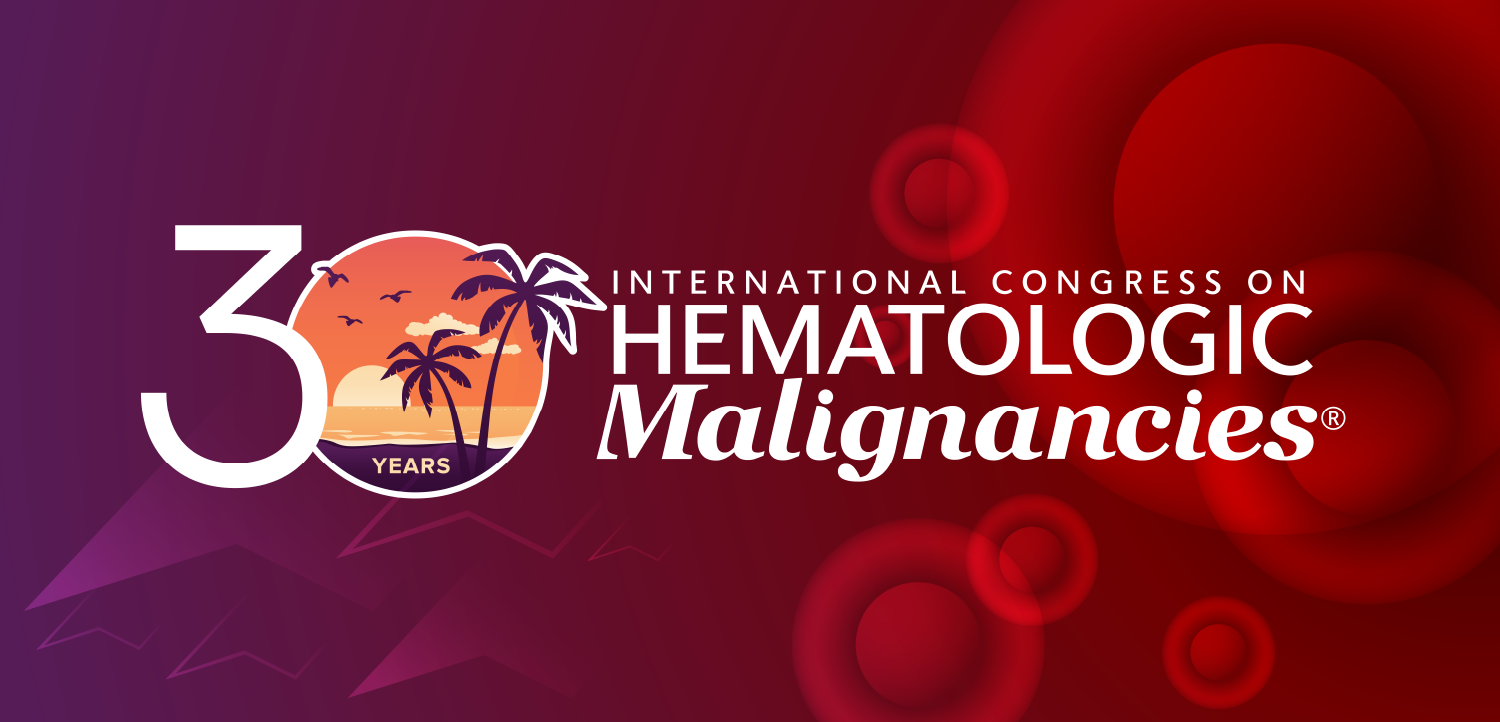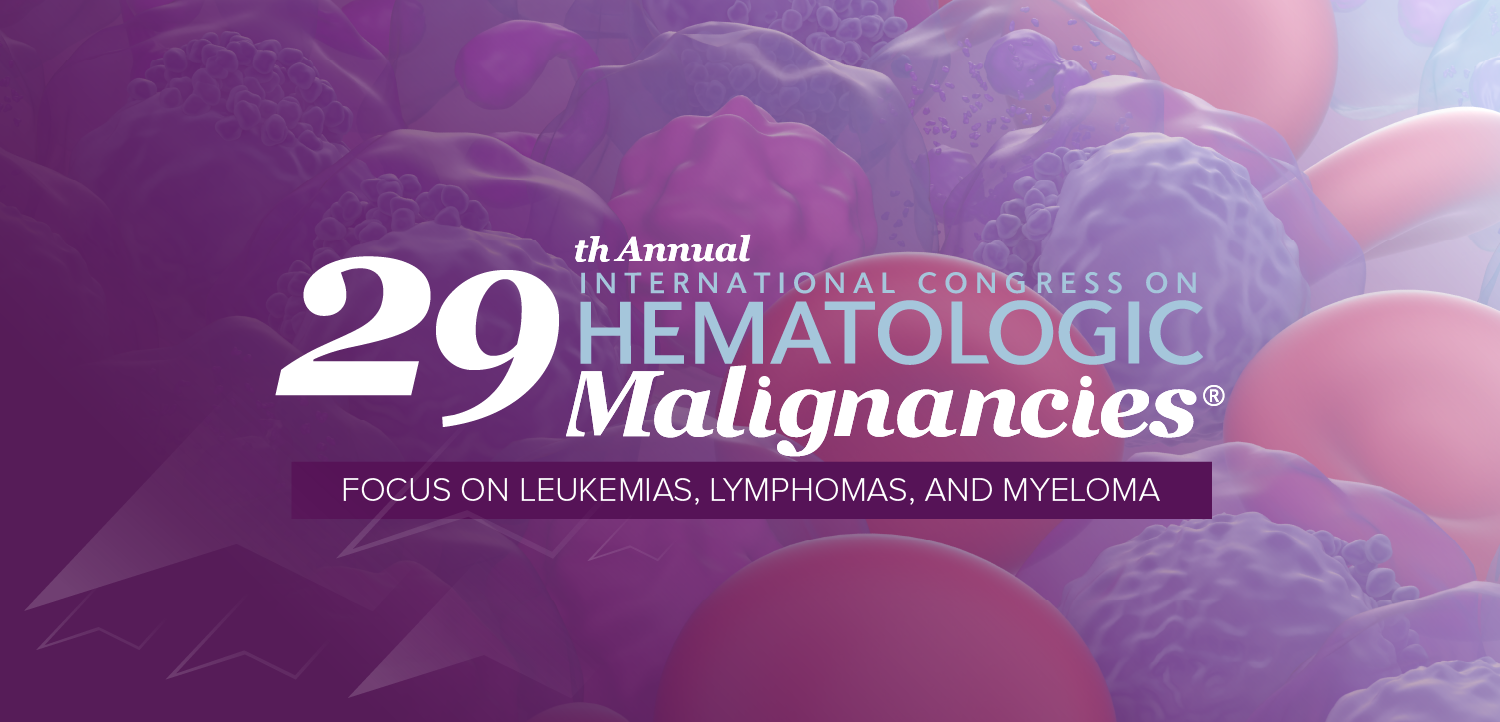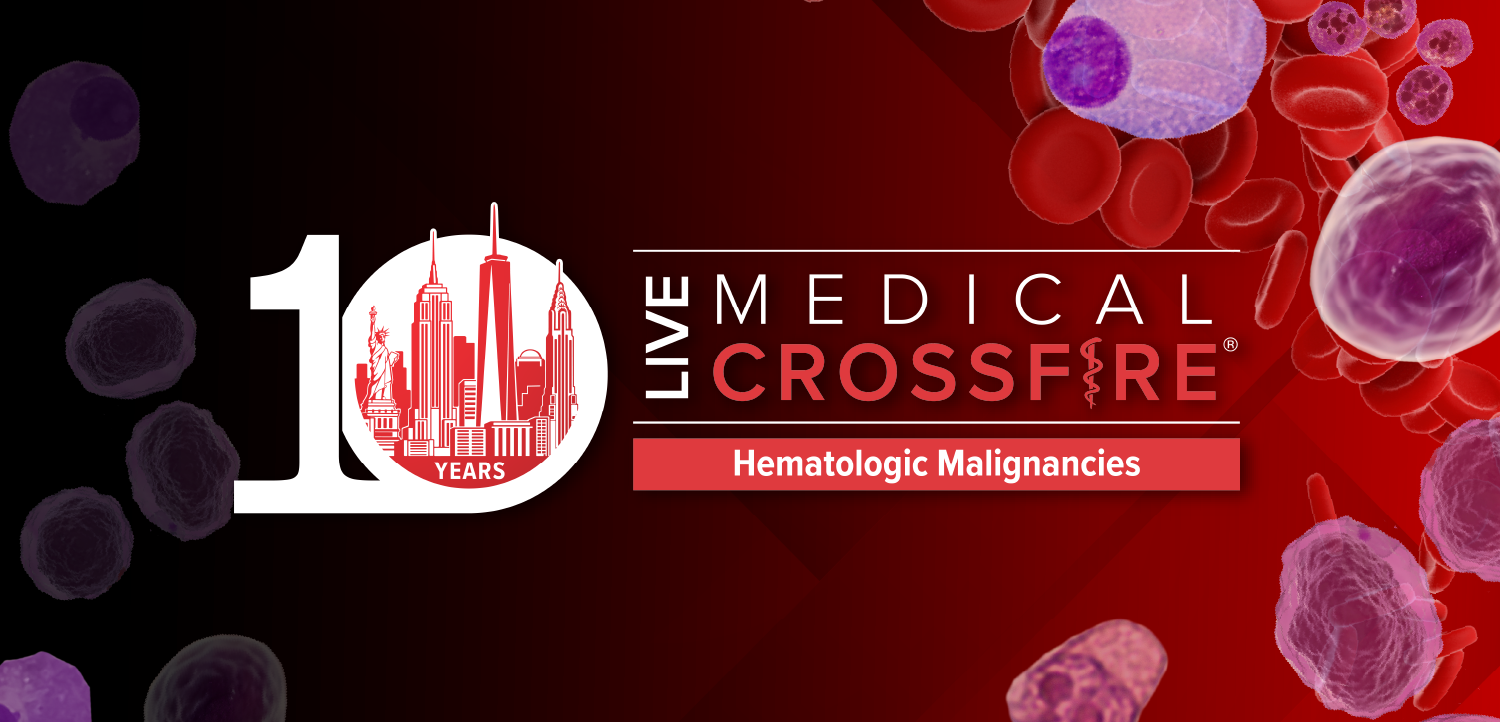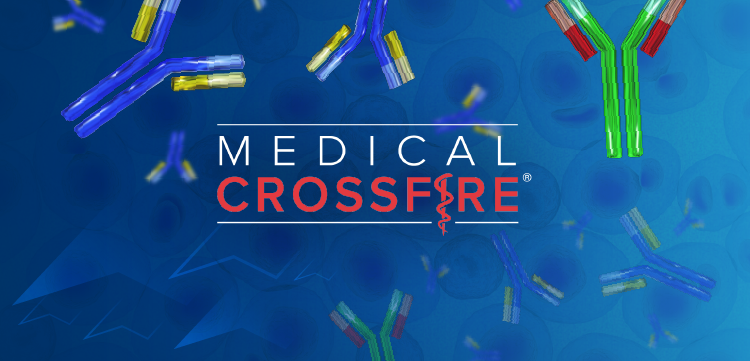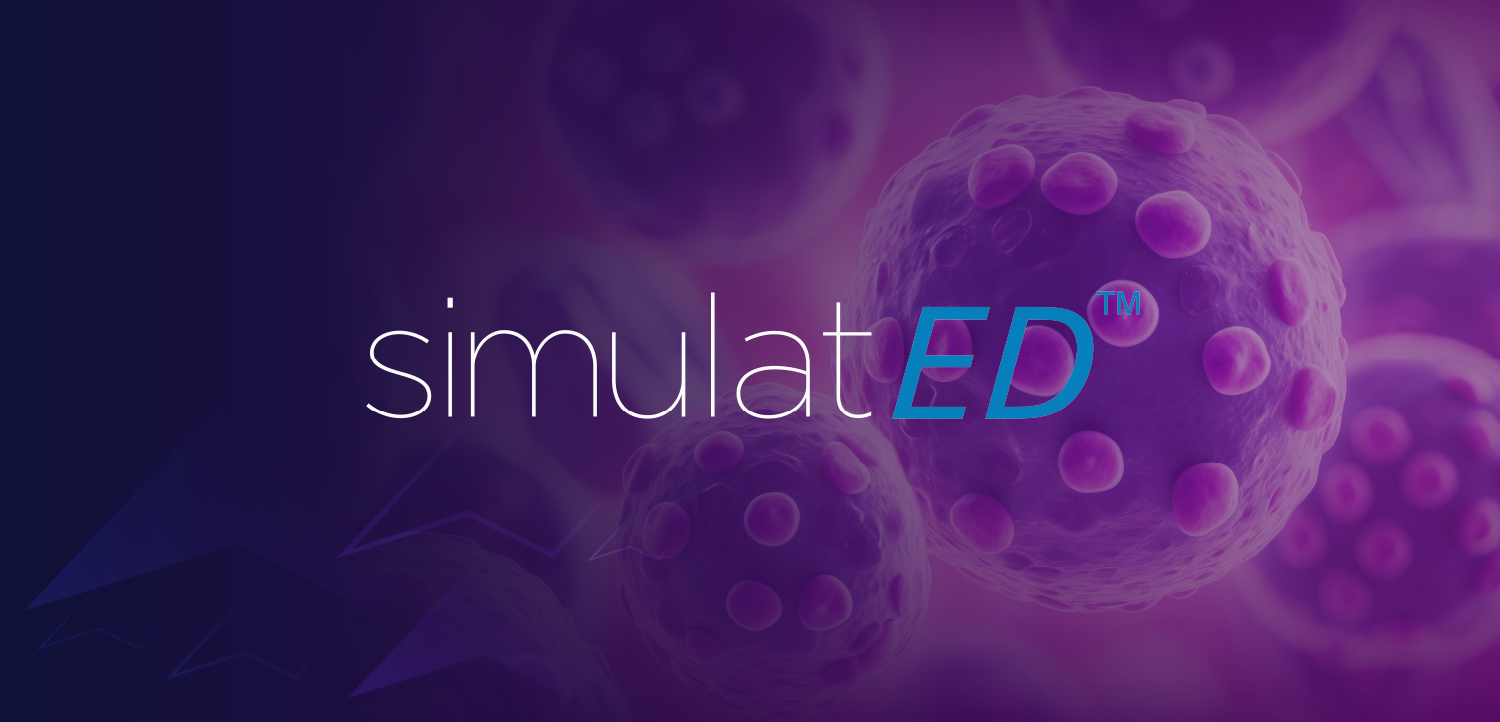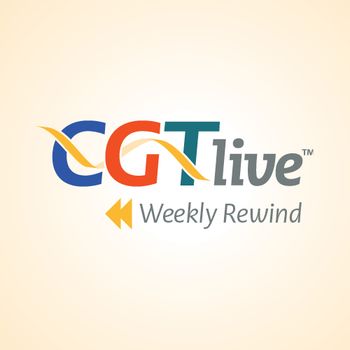
Addressing Challenges in Gene Therapy Vector Manufacturing and Storage
Maria A. Croyle, PhD, discusses the manufacturing challenges facing the gene therapy space and her inspiration for developing a novel preservation method for viral vector-based therapies.
As gene and cell therapy companies seem to be cropping up overnight, most players in the space are hitting a snag at approximately the same point: manufacturing.
Lauded for their in-human safety and efficacy of delivering DNA-based therapeutics to a variety of tissues, recombinent adeno-associated viral vectors have as many advantages as they do disadvantages, the most problematic of which is low efficiency in the preparation and production process. Second to that is the sensitivity of the final product; AAV-based therapies require costly cold transport and storage, and disruptions in that cold storage, ie. freeze/thaw, can render the vector-based therapy less potent.
While many biopharmaceutical companies focus on solving mass production bottlenecks, a team of researchers led by Maria A. Croyle, PhD, have developed a unique film matrix that allows for the safe and effective transport and storage of vector-based gene therapies that doesn't require cold storage.
In a presentation at the 24th Annual Meeting of the American Society for Gene & Cell Therapy, Croyle, a professor of pharmaceutics at the University of Texas at Austin College of Pharmacy, and colleagues described their novel method for stabilizing live viruses in a peelable, thin film matrix that allows for transport and storage and ambient temperatures. Notably, differences between the viruses stored at room temperature versus those in cold storage were negligible, including presence of infectious viral particles, stability, and ultimately in vivo biodistribution and transgene expression seen in a mouse model.
In an interview with GeneTherapyLive, Croyle describes some of the manufacturing challenges being faced in the gene and cell therapy space and where her inspiration for the novel film matrix stemmed from.
Newsletter
Stay at the forefront of cutting-edge science with CGT—your direct line to expert insights, breakthrough data, and real-time coverage of the latest advancements in cell and gene therapy.

